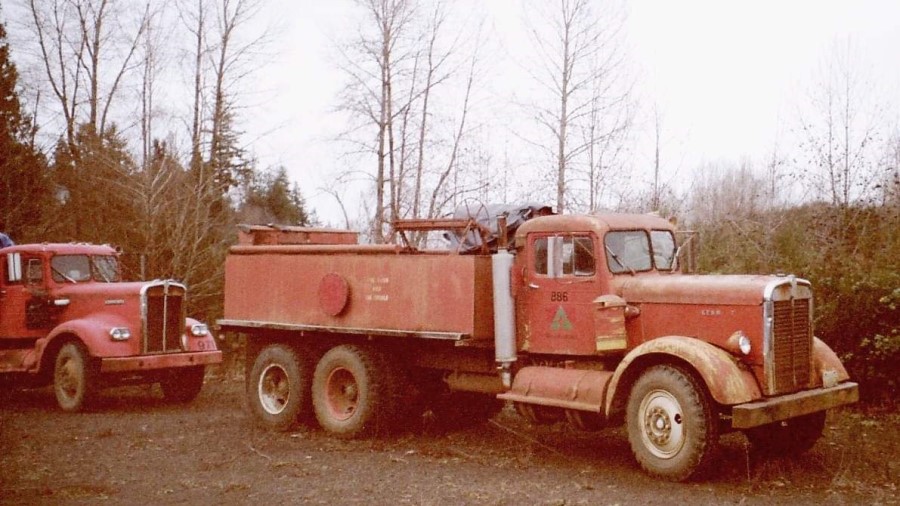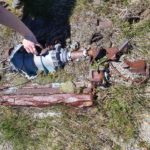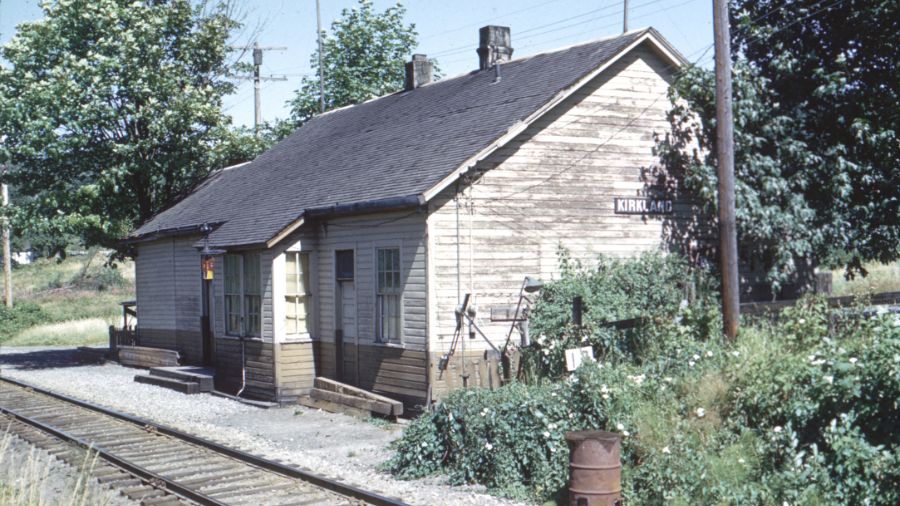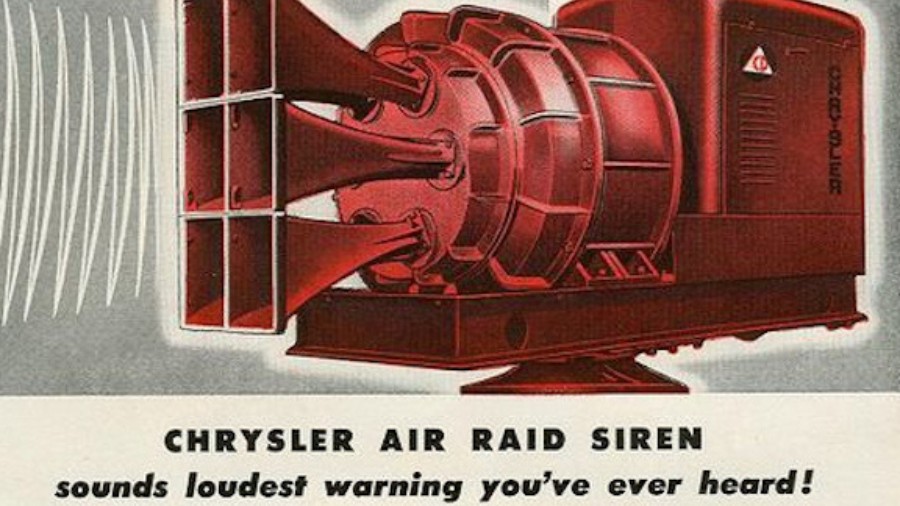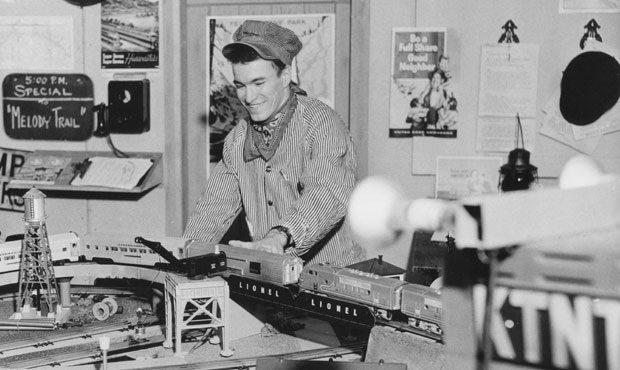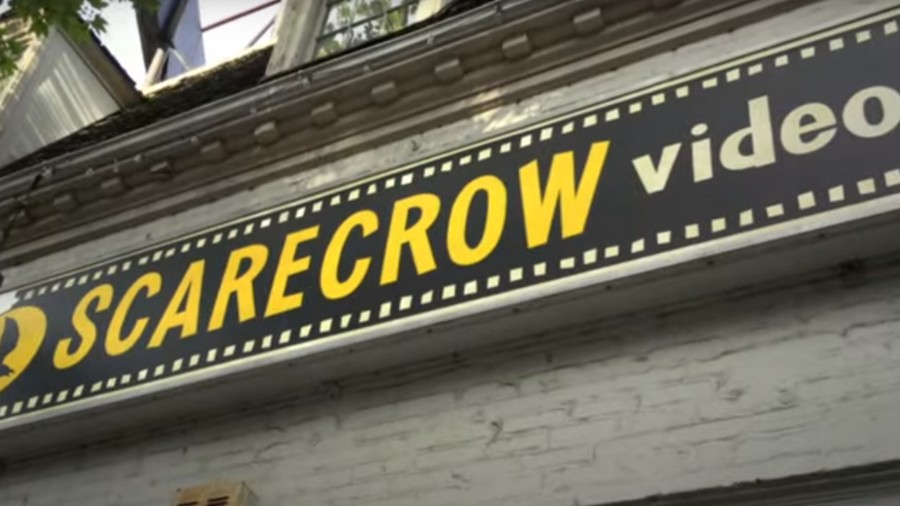All Over The Map: Volcano’s ‘landscape starting to give back what it covered up in the 80s’
Sep 16, 2022, 6:35 AM | Updated: Oct 25, 2022, 4:19 pm
When Mount St. Helens erupted on May 18, 1980, 57 people died and dozens of square miles of the landscape were covered with ash and pumice. Now, more than 42 years later, the Forest Service says some long-lost artifacts from the blast are starting to turn up.
This news comes from Matthew Mawhirter, an archaeologist for the U.S. Forest Service and the Heritage Program Manager on the Gifford Pinchot National Forest in Southwest Washington. Mount St. Helens National Volcanic Monument is managed by the Forest Service.
“Items are eroding out of the landscape around Mount St. Helens that were there pre-eruption,” Mawhirter told KIRO Newsradio. “The parking lot for upper alpine climbing of Mount St. Helens is eroding out of the hill. We found logging equipment that’s eroding out of hillsides [and] other items.”
“The landscape’s starting to give back up what it covered up in the 80s,” Mawhirter said.
After 42 years, the reason why these artifacts are revealing themselves now is pretty simple.
“Just time and erosion, because it’s all loose pumice and ash,” Mawhirter said. “And so as the weather takes place, especially things on slopes or these kinds of steeper areas where erosion is heavier, you’re getting that kind of stuff coming out. We found another Kenworth truck eroding out of the hillside.”
The presence of logging equipment – including trucks manufactured by local favorite Kenworth – isn’t a big surprise. Most of it likely belonged to Weyerhaeuser, and any trucks, bulldozers and other vehicles were probably sitting empty and just parked when the mountain erupted on that otherwise quiet Sunday morning. Also, some rusty hulks have been visible for years on the South Coldwater Trail.
But Matthew Mawhirter says there is at least one recently revealed item near Coldwater Ridge that relates to a specific person – someone who occupies a unique place of honor in the mystique, the stories, and what might be called the “regional mythology” surrounding the 1980 eruption.
“We maybe found an object associated with Gerry Martin, who was killed in the blast and nothing had been found of him,” Mawhirter said. “But there are other things eroding around the landscape, some of them we still have to confirm.”
The name of Gerry Martin might sound familiar to anyone who remembers the 1980 eruption or who has read the many accounts in books or online. For some, Martin is a member of a small but indelible trio that would also count Harry Truman of Spirit Lake Lodge and David Johnston of the U.S. Geological Survey among its members.
In 1980, Gerry Martin was in his mid-60s. He was a Navy vet and a ham radio guy from the Skagit County community of Concrete who was part of a network of volunteer hams stationed at monitoring posts circling the mountain that spring.
Martin had parked his motorhome on a ridge about eight miles north of the mountain. He could look south toward Mount St. Helens and actually see USGS volcano scientist David Johnston’s trailer two miles away – two miles closer to the mountain. David Johnston didn’t survive the blast, and neither, unfortunately, did Gerry Martin.
However, Martin did manage to calmly transmit a detailed description of the eruption for a few minutes before the radio went dead and Martin, too, succumbed.
In the final moments of Martin’s remarkable ham radio transmission, he can be heard actually describing Johnston’s observation post being inundated by the pyroclastic flow coming from the crater.
“Gentlemen, the camper and car that’s sitting over to the south of me is covered,” Martin can be heard to say. Then, as the static overwhelms his words, Martin says, “It’s going to hit me, too.”
Matthew Mawhirter of the Forest Service says the artifact connected with Gerry Martin which has emerged recently from the pumice and ash is an engine block and other vehicle parts.
Mawhirter shared with KIRO Newsradio a number of images of vehicles and equipment at Mount St. Helens from before the eruption to the present, including a photo of this most recent tantalizing find.
“The last photo is of the engine from Gerry’s motorhome,” Mawhirter wrote in an email. “We are 98% sure” the engine belonged to Martin, he continued, “which is good for archaeology.”
Over the past four decades, no artifacts associated with Harry Truman have ever been found at Mount St. Helens, and those found which were related to David Johnston were reburied at his family’s request. Now, thanks to the realities of erosion – and because of the skill and dedication of Matthew Mawhirter and his colleagues – what could have been just a big piece of metal has the potential to bear witness to and memorialize the final act of a remarkable individual caught up in one of the most momentous events in Pacific Northwest history.
Editor’s Note: After this story was posted, a local Mount St. Helens researcher named Steve Rosenow reached out to say that the engine pictured in the photograph shared by Forest Service archaeologist Matthew Mawhirter is not consistent with what Mr. Rosenow knows about Martin’s motorhome. Mawhirter could not be reached for comment as he is assisting with fire suppression on the Gifford Pinchot National Forest; KIRO Newsradio will share Mr. Rosenow’s information with Mr. Mawhirter.
You can hear Feliks every Wednesday and Friday morning on Seattle’s Morning News with Dave Ross and Colleen O’Brien, read more from him here, and subscribe to The Resident Historian Podcast here. If you have a story idea or questions, please email Feliks here.

